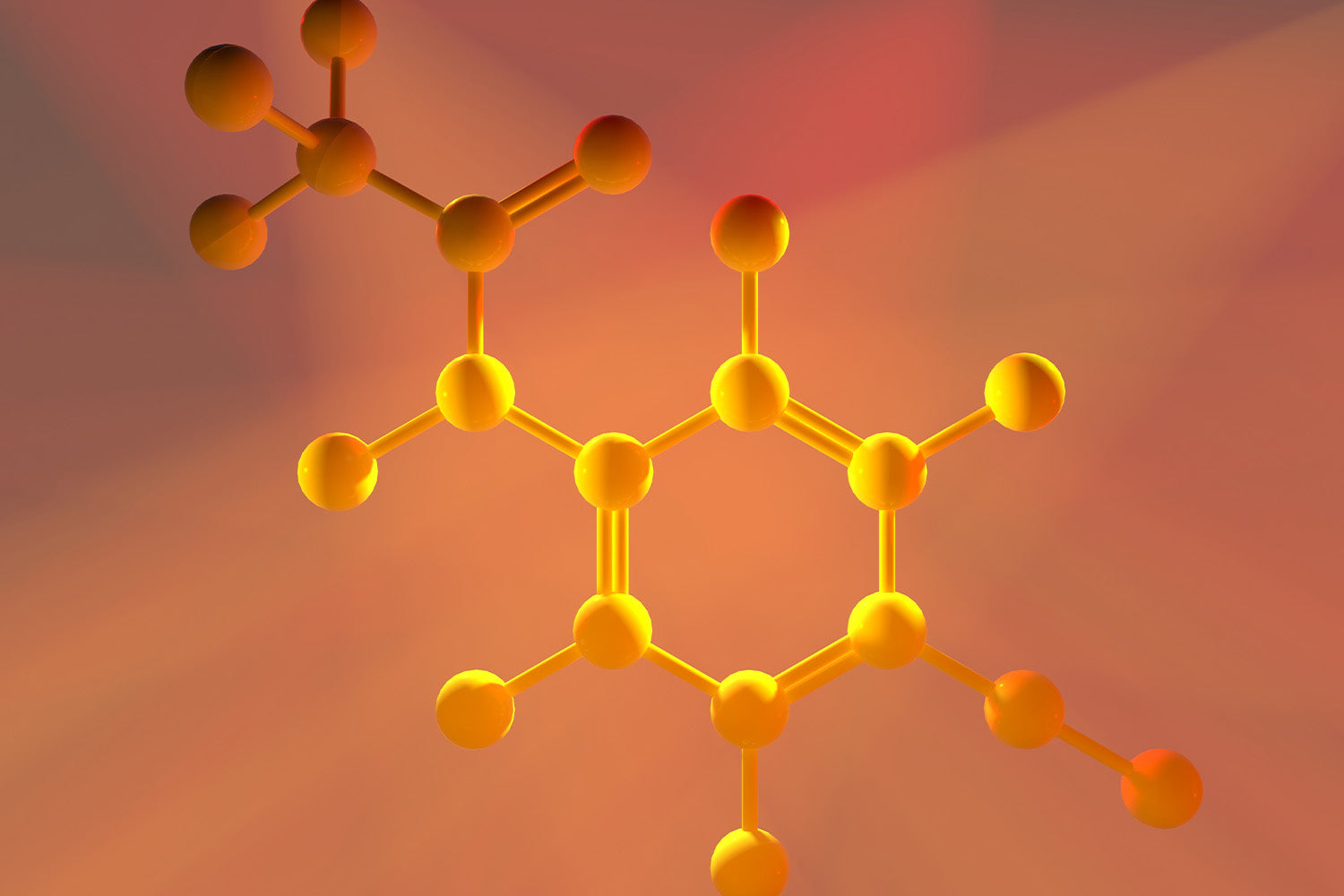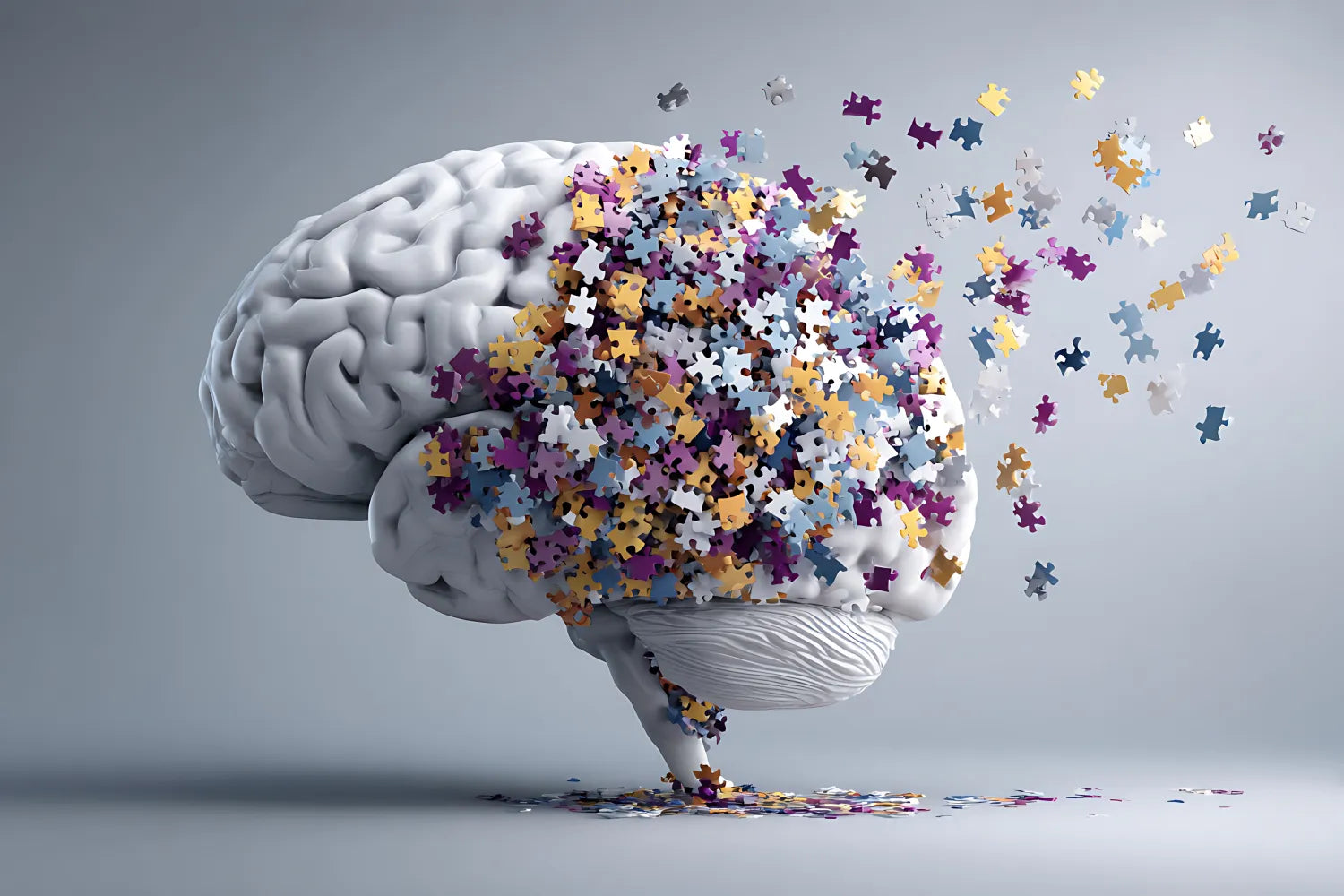
Dr. Eric Venn-Watson’s Highlights
-
Anandamide is a neurotransmitter that binds to receptors in the endocannabinoid system.
Higher concentrations of anandamide are associated with health benefits even though anandamide isn’t considered a fully-acting cannabinoid.
A fully acting cannabinoid, PDC, may have more health benefits than anandamide, and your levels of this newly discovered endocannabinoid can be increased by taking the supplement fatty15.
Anandamide is an endocannabinoid that can interact with the human body’s endocannabinoid system.
Anandamide's role in our endocannabinoid system is best understood if we start from the beginning. We’ll talk about the endocannabinoid system, learn a little about its receptors, and gain insight into how anandamide binds to them.
We’ll also talk about fully-acting endocannabinoids and get a better understanding of why they have more health benefits than ones that are not fully acting.
First, let’s talk about homeostasis and how the endocannabinoid system helps our bodies achieve it.
What Is Homeostasis?
Homeostasis describes the functions and mechanisms by which our bodies regulate themselves. It’s how our bodies achieve wellness and “set points,” which indicate that the body is functioning as it should. Your body temperature falling somewhere near 98.6 degrees Fahrenheit is a set point.
When our bodies are in perfect homeostasis, they don’t suffer from disease and can maintain wellness. Homeostasis includes functions like body temperature, blood sugar regulation, mood, memory, sleep and awake cycles, and appetite.
The body achieves homeostasis through feedback loops (positive and negative) that help it adjust to changes in the external environment. The endocannabinoid system is a major system involved in the receipt and processing of feedback loops.
What Is the Endocannabinoid System?
The endocannabinoid system (ECS) is a system of receptors located all over the body and in the brain that respond to external and internal stimuli to help regulate bodily functions.
The endocannabinoid system helps your body with the modulation of sleep, mood, appetite, immunity, blood sugar, metabolism, heart rate, body temperature, and many other processes that help us achieve homeostasis. The endocannabinoid system is an essential constituent in the brain’s reward process.
Although we’ve known for decades that certain plant-based compounds could interact with it, it wasn’t until the early 1990’s that we began to study it in earnest or learned that our bodies make some of the chemical compounds similar to those found in cannabinoid-producing plants.
The receptors that make up the endocannabinoid system are triggered by certain compounds called cannabinoids.
Cannabinoid Receptors
Within the endocannabinoid system, there are two different types of receptors: CB1 receptors (cannabinoid receptor 1) and CB2 receptors (cannabinoid receptor 2).
CB1 Receptors
CB1 receptors are located mainly in the brain and spinal cord (the central nervous system). They control homeostatic functions like body temperature, thirst, hunger, respiration, and pulse, but they also play a role in mood and pain relief.
These receptors work on feedback loops that allow for both inhibition or increase of certain neurotransmitters that help bring the body back into balance once it senses a response in the external environment.
These receptors control dopamine release, which is important for pain management, sleep, and feelings of well-being.
CB2 Receptors
These are located in the peripheral nervous system and play a role in the immune system, gut health, and muscle movement. They help regulate inflammatory responses in the body and are also involved with parts of sensory activity like vision, hearing, and touch.
Certain compounds, called cannabinoids, are needed for these receptors to activate.
What Are Cannabinoids?
Cannabinoids are compounds that bind to and interact with the receptors in the endocannabinoid system.
Two of the most potent (and commonly known) are tetrahydrocannabinol (THC), the compound in cannabis that produces a psychoactive effect, and cannabidiol (CBD), a non-psychoactive compound of cannabis that directly helps support homeostasis.
Both come from the cannabis sativa plant, which contains 80 to 100 known cannabinoids.
Although these are well-known and powerful, they are far from the only cannabinoids, and cannabis is not the only source of cannabinoids. The body makes its own cannabinoids, called endogenous cannabinoids (endogenous meaning “made by the body”), shortened to endocannabinoids. They are 2-AG and anandamide.
2-AG
2-arachidonoylglycerol, or 2-AG, is a bioactive lipid compound that is considered fully acting because it can bind to both CB1 and CB2 receptors.
2-AG is thought to help with functions like appetite regulation and immunity. It also plays an important role in cognition and mental health because of its ability to bind to CB1 receptors in the central nervous system.
Anandamide
Anandamide was the first endocannabinoid ever discovered. Given its name from the Sanskrit word ananda, which means “bliss,” this compound was first referred to as the bliss molecule.
Let’s look at anandamide a bit more closely.
What To Know About Anandamide
The endocannabinoid anandamide (N-Arachidonoyl ethanolamide or AEA) is an endogenous ligand, which is a scientific way of saying a compound made inside your body (endogenous) that has the ability to bind to something else (ligand).
AEA also belongs to a subclass of compounds called N-acylethanolamines and is closely related to prostaglandins, which help the body manage inflammation. While it is found naturally in the human body, anandamide is also found naturally in black truffles.
Anandamide binds best to CB1 receptors and isn’t usually thought of as fully acting.
What Is Anandamide?
Anandamide, like 2-AG, is a lipid neurotransmitter, a fatty messenger compound that helps relay information from one receptor to another. Anandamide is a mediator that works mostly in the brain.
Higher levels of anandamide are frequently associated with feelings of well-being and fewer instances of sadness and despair.
How Is Anandamide Made?
The body makes its endocannabinoids by using enzymes to synthesize fatty acids. Anandamide, for instance, comes from a long-chain essential fatty acid called arachidonic acid.
To make 2-AG, the body breaks apart a compound called N-arachidonoyl phosphatidylethanolamine and synthesizes fatty acid amide hydrolase (FAAH), which leaves behind arachidonic acid and ethanolamine.
However, some studies show that FAAH inhibitors help support higher levels of 2-AG and anandamide.
What Are the Effects of Anandamide in the Body?
Anandamide plays a role in memory function, appetite regulation, pain relief (through the regulation of dopamine), and sleep. Some evidence suggests it may even play a role in preventing the proliferation of cancer cells.
Because anandamide binds to CB1 receptors, it is especially important in helping to support and regulate cognitive function — i.e., anandamide also helps keep us focused.
The field of psychiatry is currently studying how it may affect and interact with the brain and how it could help prevent cognitive-related diseases. In vivo studies of rat brains showed that anandamide helps protect neurons when there is a brain injury, proving that a more intense study of the pharmacology of anandamide is important to help understand its neurological impact.
It’s also important to understand whether or not cognitive function actually decreases with lower anandamide levels. Both anandamide and 2-AG are important in helping our body achieve homeostasis.
Now, a newly discovered endogenous cannabinoid that is fully acting can help us achieve a higher level of balance.
What Is Pentadecanoylcarnitine (PDC)?
Remember that 2-AG is considered “fully acting,” which means it can bind with both CB1 and CB2 receptors. Anandamide is not considered fully acting because it binds primarily with CB1 receptors.
Neuroscience researchers have discovered the second-ever, fully-acting endocannabinoid known as pentadecanoylcarnitine (PDC). This is important because a fully-acting endocannabinoid can help us restore balance to our bodies.
The therapeutic use of this endocannabinoid could be a key to keeping us healthier for longer.
How Is PDC Made?
We know that the body needs fatty acids to make endocannabinoids. For the production of PDC, the body uses an odd-chain, saturated fatty acid called pentadecanoic acid (C15:0). In fact, C15:0 is the only known precursor to PDC.
C15:0 is a fatty acid that was recently shown to be essential for our health, which makes it the first essential fatty acid to be discovered since omega-3 and 6 were discovered over 90 years ago, and the third-ever-to-be discovered essential fatty acid.
How C15:0 Was Discovered
It all started with dolphins. While helping dolphins live healthier lives, Dr. Stephanie Venn-Watson, a veterinary epidemiologist, discovered that some geriatric dolphins had fewer age-related illnesses than others. She discovered that higher levels of a fatty acid were responsible for the health benefits in the healthiest dolphins.
She took her research further and explored how this molecule could aid' healthful aging and biological support in humans. She published her results in Nature in 2020, and the fatty acid she studied was none other than C15:0.
Where C15:0 Is Found
C15:0 is found primarily in whole-fat dairy products, like whole milk and butter, and is also found in trace amounts in some plants. Consuming these foods would also increase caloric intake, sugars and your intake of unhealthy, even-chain, saturated fats — with that, where can we turn for our share of this essential fatty acid without all the unnecessary extras?
Fatty15.
What Is Fatty15?
Fatty15 is the first and only supplement to contain FA15™, the science-backed, pure-powder, vegan-friendly, sustainably-produced, award-winning version of C15:0, aka the fatty acid that does a better job of helping maintain your bodies homeostasis than the purest, highest performing form of omega-3 (pure EPA).*
Just one capsule per day provides your body with enough C15:0 to help restore your circulating levels and support your body’s production of PDC.*
Taking fatty15 provides numerous long-term health benefits (which you can read about here). Just a few of those benefits include supporting a more balanced mood, appetite, and sleep cycle because of its ability to help the body synthesize PDC.*
So, when you take fatty15, you are getting a newly discovered as essential fatty acid and a newly discovered fully acting endocannabinoid, a 2 in 1 supplement to improve your long-term health
Looking to learn more about what C15:0 can do? Learn more about C15:0 here.
Sources:
Cannabis, a complex plant: different compounds and different effects on individuals - PMC
Brain activity of anandamide: a rewarding bliss? - PMC
The endogenous cannabinoid anandamide inhibits human breast cancer cell proliferation - PMC
Exogenous anandamide protects rat brain against acute neuronal injury in vivo

Eric Venn-Watson M.D.
CEO, Co-Founder
Senior Scientist, Co-Founder
Eric is a physician, U.S. Navy veteran, and Co-founder and COO of Seraphina Therapeutics. Eric served over 25 years as a Navy and Marine Corps physician, working with the special forces community to improve their health and fitness. Seraphina Therapeutics is a health and wellness company dedicated to advancing global health through the discovery of essential fatty acids and micronutrient therapeutics.
You May Also Like...
When Does Cognitive Decline Start?
Almost everyone will experience some cognitive decline in their lifetime. Learn which decade is most closely associated with thinking trouble.
List of Cognitive Changes in the Elderly as They Age
Are you wondering where your keys are? Not being able to find them could be due to cognitive changes in your brain as you age.


